Vietnam Travel Infomation
Mu Cang Chai Travel: Vietnam’s Most Stunning Rice Terraces
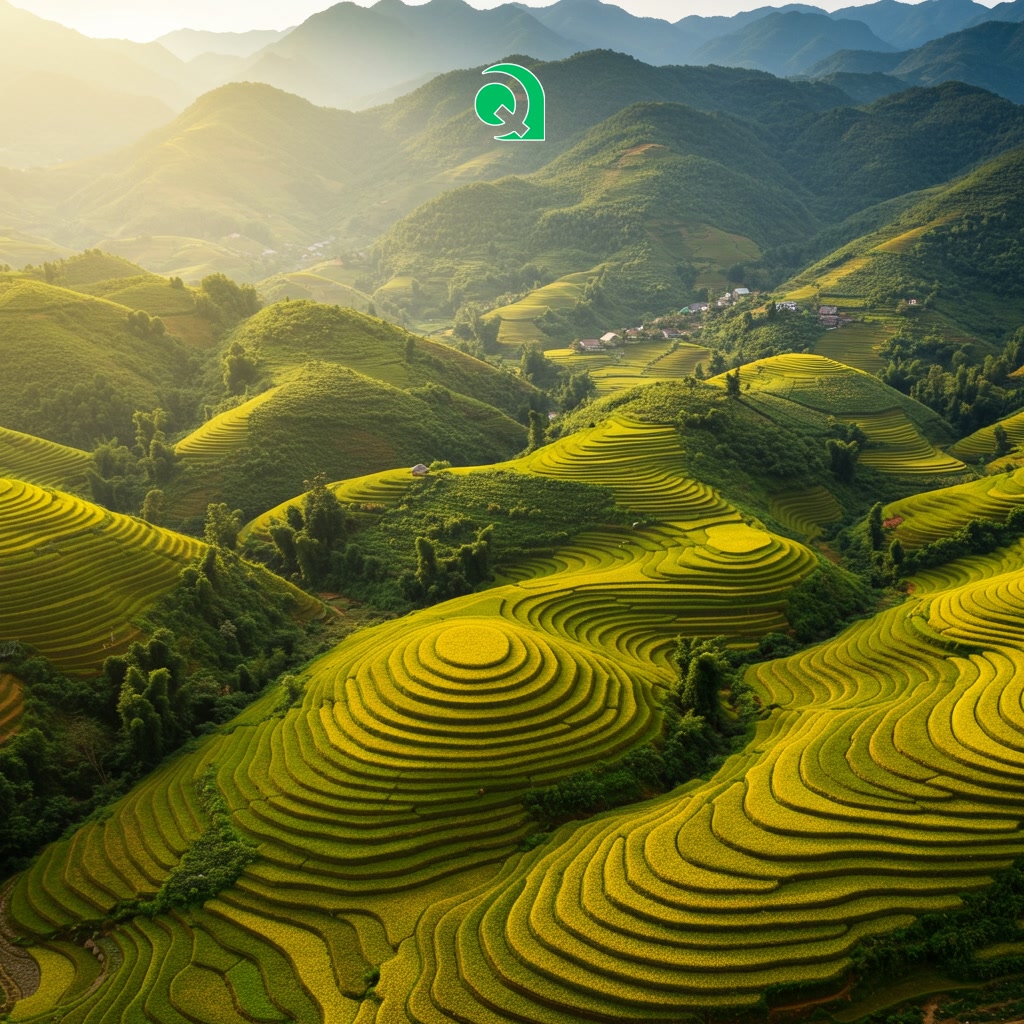
Mu Cang Chai is highlighted as a must-visit travel destination in Vietnam, celebrated for its incredibly beautiful and iconic terraced rice fields. This location offers travelers a chance to experience some of the most stunning agricultural landscapes found anywhere. A trip to Mu Cang Chai promises a memorable journey through vibrant scenery, perfect for those seeking unique cultural and natural beauty.
Section 1: Why Mu Cang Chai is a Must-Visit Travel Destination
Mu Cang Chai stands out as an essential travel destination in Vietnam primarily due to its breathtaking terraced rice fields. These magnificent landscapes, sculpted over centuries by local ethnic minorities, are not merely agricultural sites but stunning works of art that change color with the seasons, from vibrant green in summer to golden yellow before harvest. Visiting offers a unique opportunity to witness an awe-inspiring display of human ingenuity harmonizing with nature, providing unparalleled photographic opportunities and a deep connection to the region’s rich culture and traditions. The sheer scale and beauty of these terraces create a visual spectacle that is truly unforgettable, making Mu Cang Chai a compelling reason to explore the northern Vietnamese countryside.
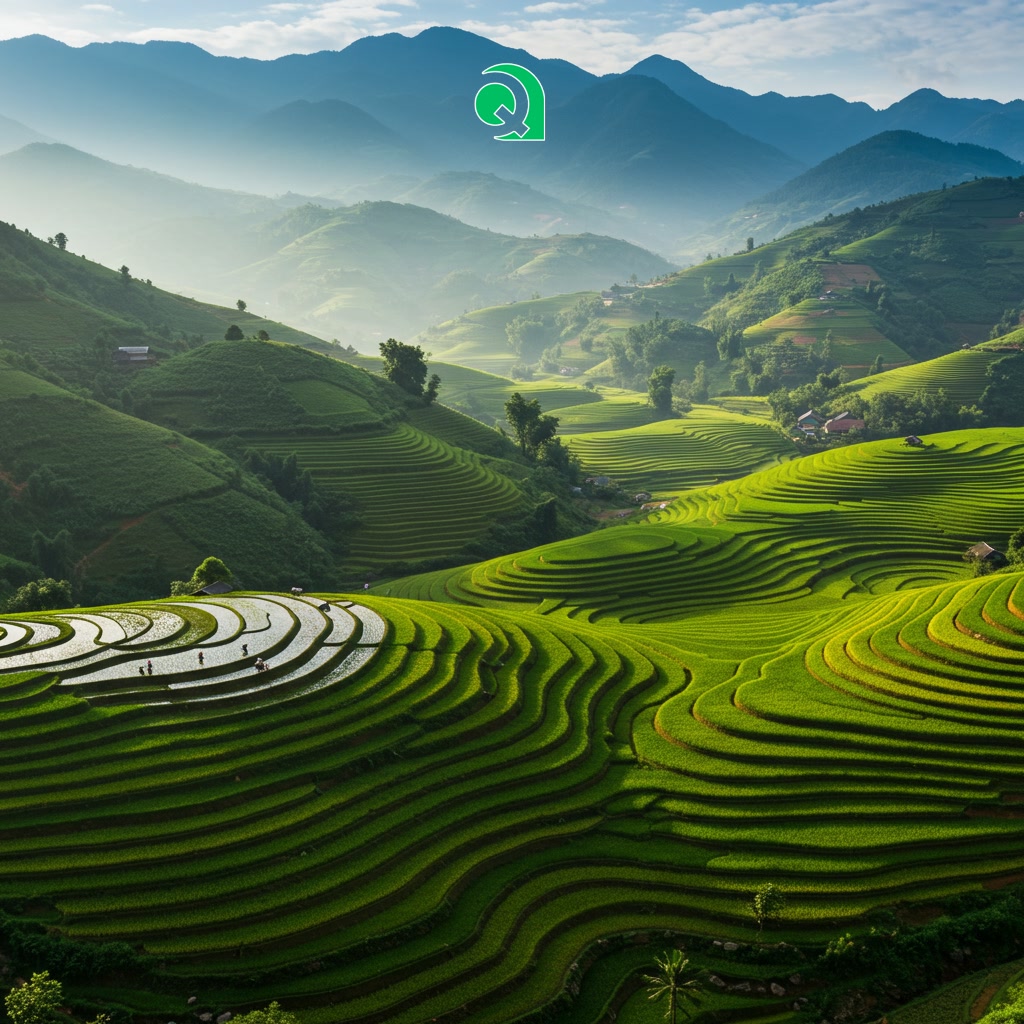
Why Mu Cang Chai is a Must-Visit Travel Destination
Section 2: Planning Your Mu Cang Chai Travel: Best Time to Visit
Planning your trip to Mu Cang Chai requires careful consideration of the timing to witness its terraced fields at their most spectacular. Generally, there are two prime seasons for visiting. The first is the “pouring water” or early green season, typically from May to June, when locals fill the terraces with water before planting, creating reflective, mirror-like surfaces. The second, and perhaps most famous, is the “golden season” in late September to early October. During this period, the rice ripens into a vibrant golden hue before harvest, transforming the landscape into a breathtaking sea of yellow. While other times of the year offer different charms, visiting during these two periods ensures you see the iconic terraces in their most celebrated states, making your travel experience truly unforgettable.
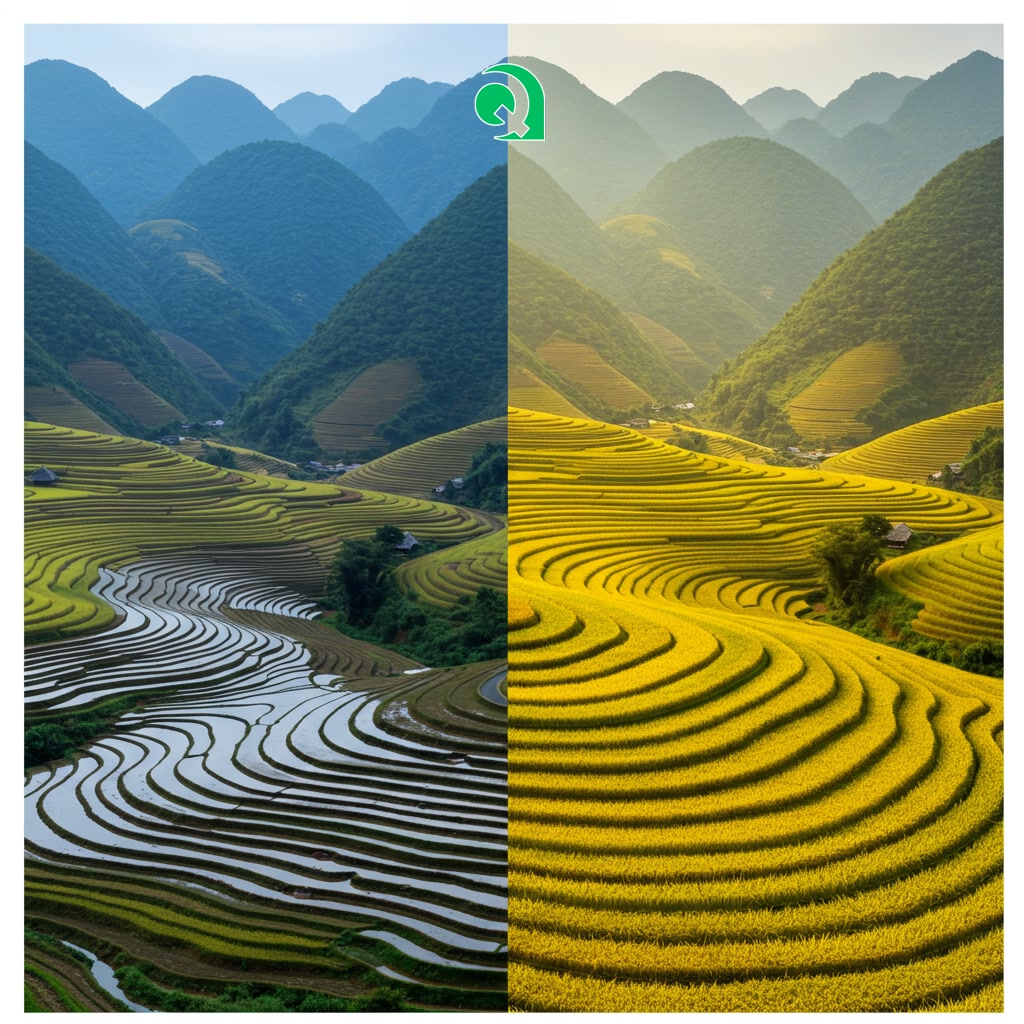
Planning Your Mu Cang Chai Travel: Best Time to Visit
Section 3: Getting to Mu Cang Chai: Your Travel Route Options
Accessing Mu Cang Chai, while rewarding, typically involves a journey from Hanoi, serving as the main gateway. The most common route is by road, either via overnight or daytime bus services that connect Hanoi directly to Mu Cang Chai or the nearby town of Nghia Lo. Alternatively, travelers can take a train from Hanoi to Yen Bai city, followed by a bus or private car transfer for the remaining distance. Driving yourself or hiring a private car offers flexibility and the chance to stop and admire the scenery along the way, although mountain roads can be challenging. The trip is quite long, usually taking 6-8 hours by road, so planning for comfort and potential stops is advisable to fully appreciate the changing landscapes.
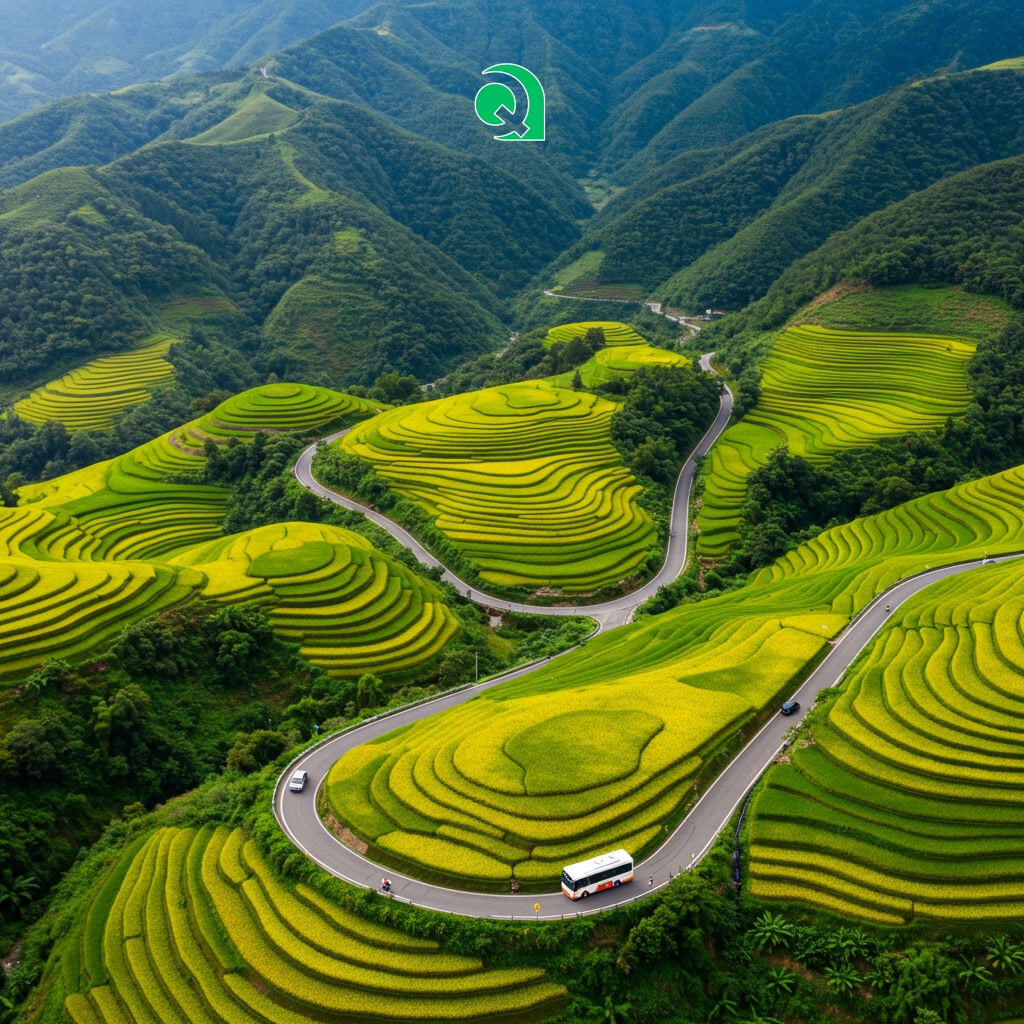
Getting to Mu Cang Chai: Your Travel Route Options
Section 4: Exploring the Terraces and Beyond: Things to See and Do
Following the journey to Mu Cang Chai, the true adventure begins with immersing oneself in the breathtaking landscape. The primary focus is undoubtedly the terraced rice fields, particularly renowned spots like Che Cu Nha, La Pan Tan, and Dze Xu Phinh. Travelers can spend hours trekking along narrow paths winding through the vibrant green or golden-yellow fields, depending on the season. Photography is a major activity, capturing the intricate patterns and the interplay of light and shadow. Beyond the terraces, exploration can extend to visiting local Hmong and Thai ethnic minority villages, experiencing their unique culture, traditional houses, and perhaps local markets. Engaging with the friendly locals offers a deeper understanding of life in this remote mountainous region. Other activities might include visiting waterfalls or simply enjoying the serene mountain atmosphere.
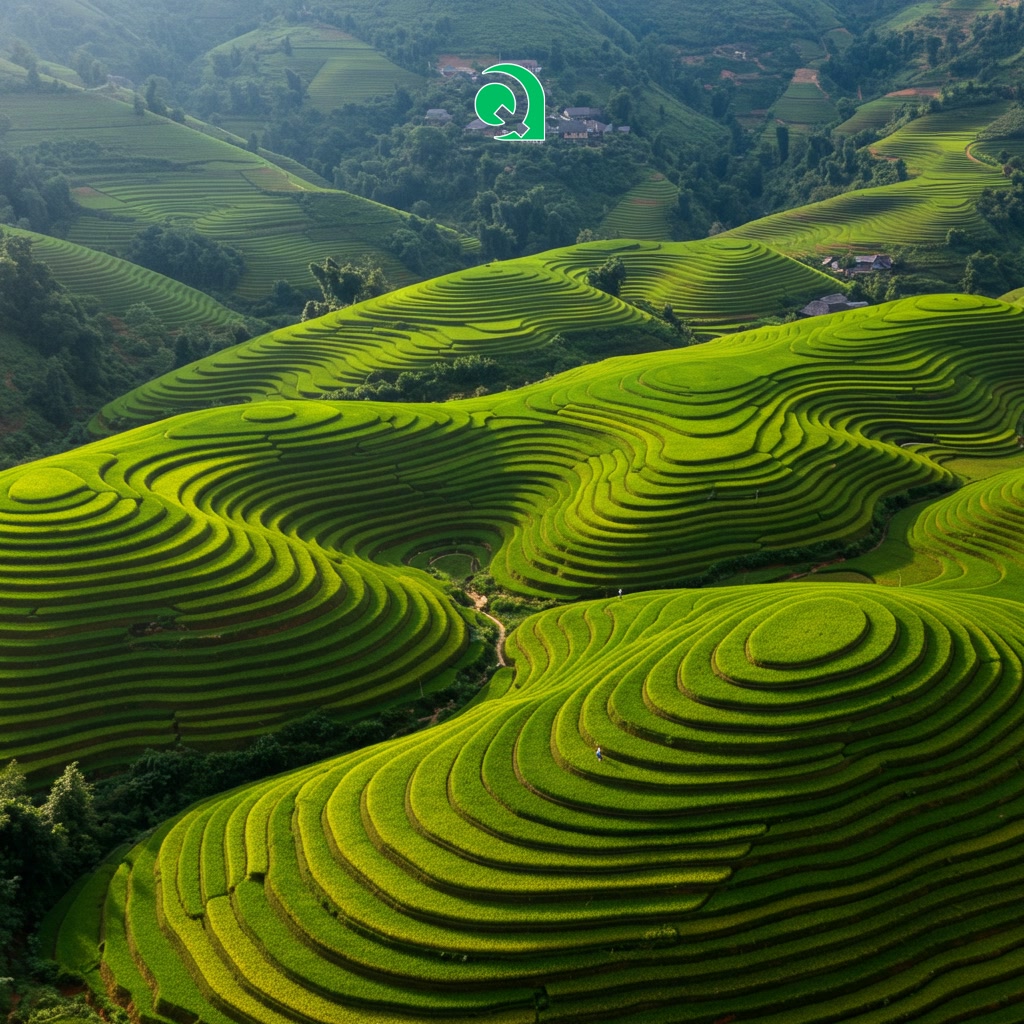
Exploring the Terraces and Beyond: Things to See and Do
Section 5: Practical Travel Tips for Mu Cang Chai
Planning your trip to Mu Cang Chai requires considering a few practical points to ensure a smooth and rewarding experience. The optimal time to visit is typically during the harvest season, late September to mid-October, when the terraces are a vibrant golden hue. Transportation options include overnight trains to Yen Bai city followed by a local bus or taxi, or arranging private car transfers directly from Hanoi. Accommodation ranges from simple guesthouses to authentic homestays within ethnic minority villages; booking in advance, especially during peak season, is highly recommended. Pack layers of clothing suitable for varying mountain weather, comfortable walking shoes for exploring the terraces, and essentials like insect repellent and a basic first-aid kit. Remember to respect local customs and traditions, particularly when visiting villages.
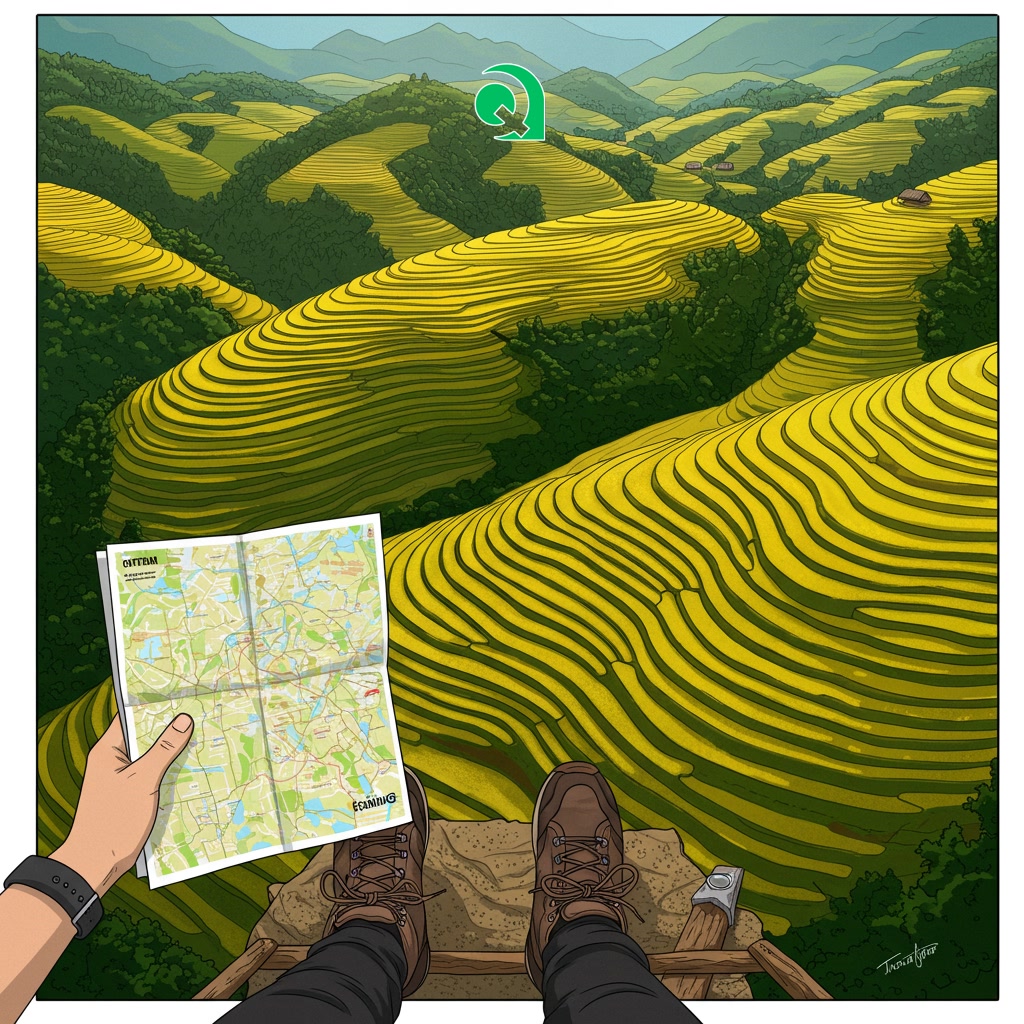
Practical Travel Tips for Mu Cang Chai
Section 6: Conclusion: Experience the Beauty of Mu Cang Chai Travel
In conclusion, while planning your trip to Mu Cang Chai involves practical considerations, the ultimate reward is the chance to immerse yourself in one of Vietnam’s most breathtaking landscapes. Experiencing the golden hues of the terraced rice fields, particularly during the harvest season, is a truly unique travel opportunity. Beyond the visual spectacle, the journey offers a glimpse into the local culture and the harmonious relationship between people and nature. A visit here is more than just sightseeing; it’s a memorable adventure that captures the essence of Vietnam’s rural beauty and leaves you with unforgettable memories of stunning scenery and peaceful moments amidst the mountains.
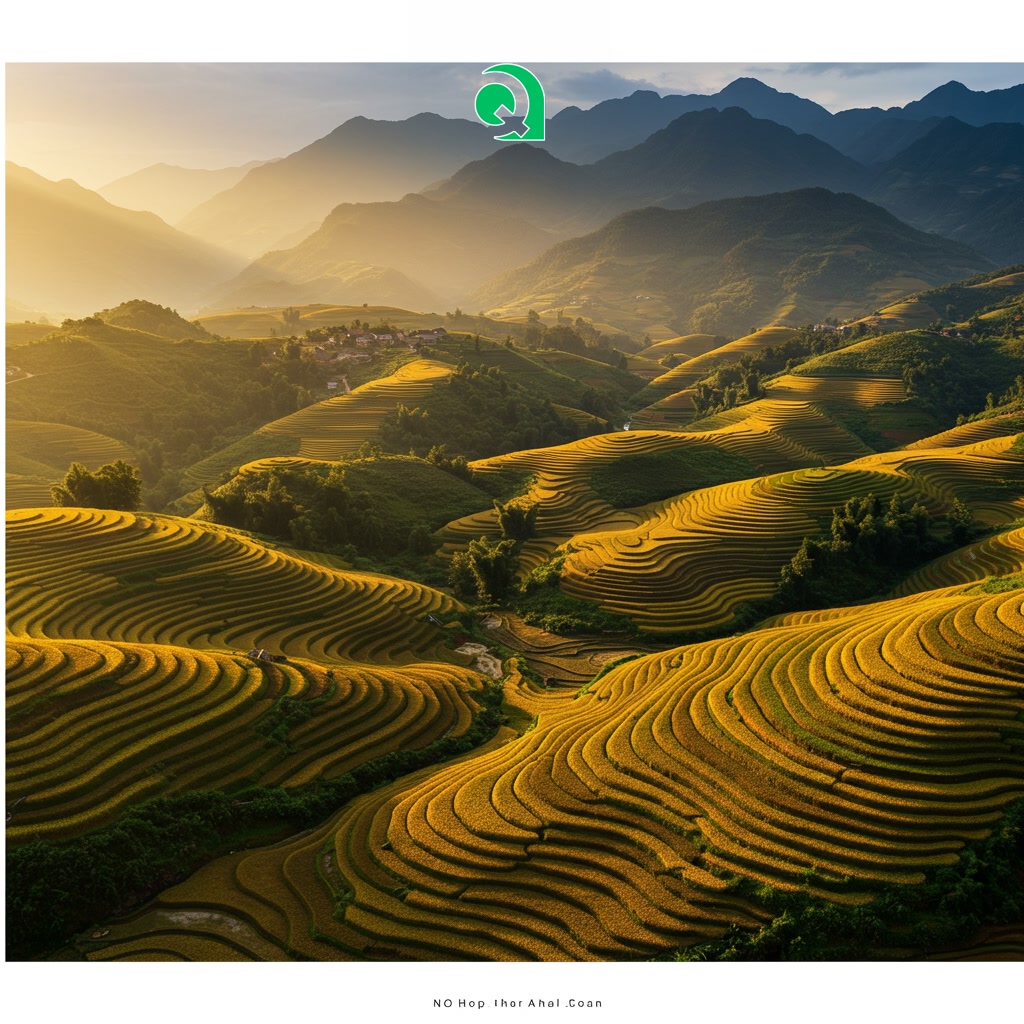
Conclusion: Experience the Beauty of Mu Cang Chai Travel

